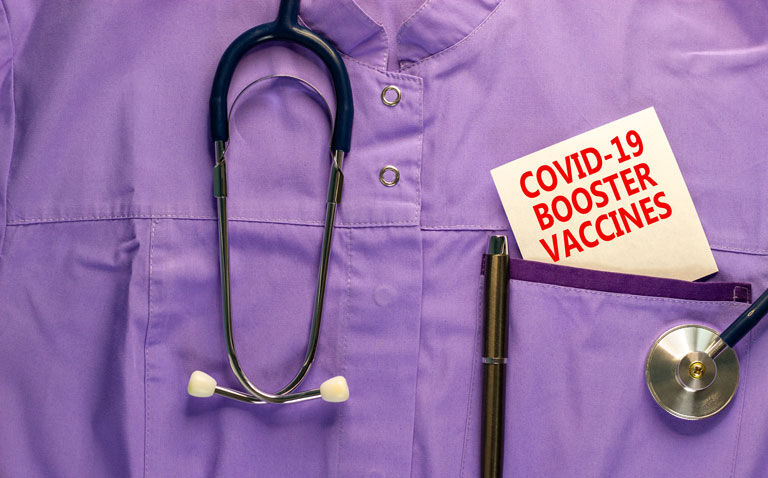An oral aerosolised COVID-19 booster dose elicited significantly higher serum antibody levels than those obtained via the intramuscular route
Use of an oral aerosolised COVID-19 booster has been shown to provide significantly higher mean serum antibody titres than those produced after a standard intramuscular dose according to the findings of a study by a group of Chinese researchers.
Evidence of a waning antibody response to COVID-19 vaccines has prompted the need for a booster dose. Moreover, there is good evidence to show that confirmed COVID-19 infection and severe illness are substantially lower among individuals who receive a booster dose.
The booster dose can either be homologous (i.e., the same as the primary vaccination) or heterologous, in which case the primary and booster are different. In practice, studies show that heterologous boosting results in a more robust immune response than homologous boosting and that this might enhance protection.
In addition to intramuscular vaccines, an oral aerosolised COVID-19 vaccine which encodes for the same spike protein has also been developed. In a phase I study, the oral aerosolised vaccine was found to be well tolerated and after two doses, elicited neutralising antibody responses, similar to one dose of an intramuscular injection.
However, what is uncertain, is the safety and immunogenicity of the oral aerosolised vaccine when used as a booster after two intramuscular doses.
For the present study, the Chinese team undertook a randomised, open-label, controlled trial in patients primed with two doses of the CoronaVac vaccine in the previous 3 – 9 months. Enrolled participants were randomised 1:1:1 to either a low or high dose heterologous booster or a homologous third dose with CoronaVac.
For the low and high dose vaccine, participants orally inhaled the aerosolised vaccine droplets. The primary endpoint for safety was the incidence of adverse reactions within 14 days of the booster dose and the primary endpoint for immunogenicity was the serum geometric mean titre (GMT) of antibodies against live COVID-19 virus 14 days after the booster dose.
Oral aerosolised booster dose effectiveness
A total of 420 participants with mean age of 40.7 years (42.6 % male) were randomised between the three groups and the median time between the second and booster dose was 5 months.
Adverse events were reported by 19% (low dose group) 24% (high dose group) and 39% in the intramuscular group (p < 0.0001). The most common adverse effects in the oral aerosolised groups were fatigue (13% low dose vs 11% high dose), followed by headache (8% low group vs 9% high dose) and fever (6% both groups).
Interestingly, the serum antibody levels generated by both oral groups were significantly higher than via the intramuscular route. For example, in the low dose group, the mean GMT was 744.4, 714.1 in the high dose group and only 78.5 in the intramuscular dose (p < 0.0001).
Based on their findings, the authors concluded that heterologous boosting with the oral aerosolised COVID-19 vaccine was safe and highly immunogenic, producing significantly higher antibody levels compared to a dose administered via the intramuscular route.
Citation
Li JX et al. Safety and immunogenicity of heterologous boost immunisation with an orally administered aerosolised Ad5-nCoV after two-dose priming with an inactivated SARS-CoV-2 vaccine in Chinese adults: a randomised, open-label, single-centre trial Lancet Respir Med 2022










